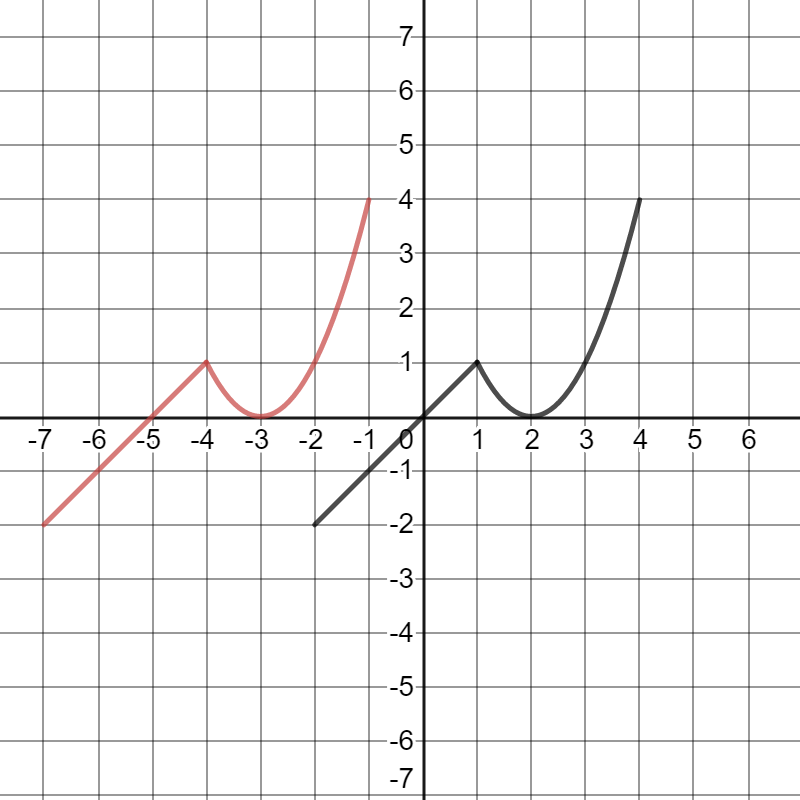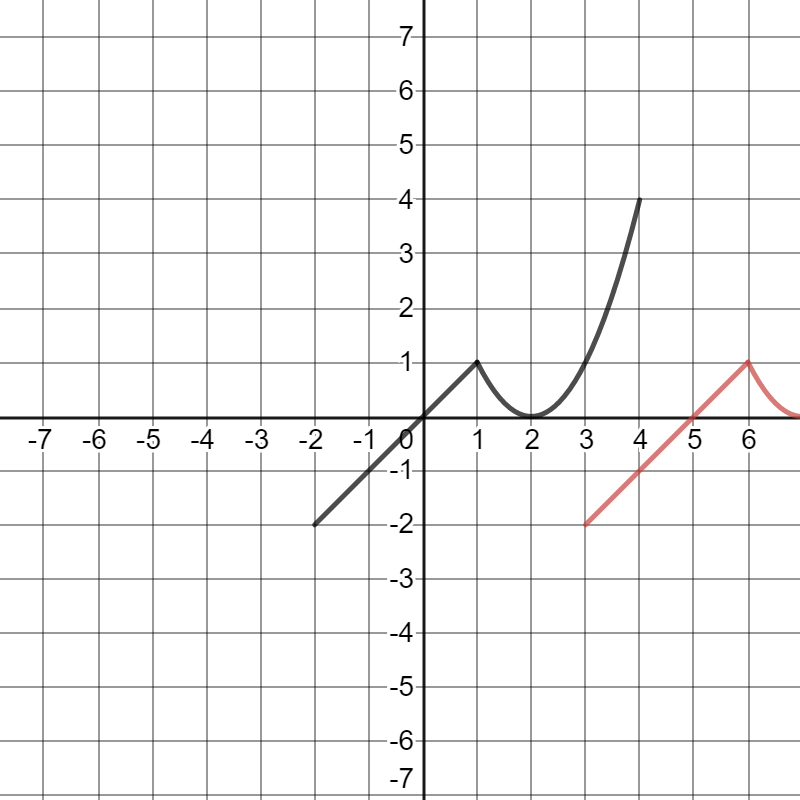Tip
Tap
a student's name
below to see what they need help with15 questions
Q.The black curve is the graph of . What equation made the red curve?
1
30 sec
Q.The black curve is the graph of . What equation made the red curve?
2
30 sec
Q.The black curve is the graph of . What equation made the red curve?
3
30 sec
Q.The black curve is the graph of . What equation made the red curve?
4
30 sec
Q.The graph of is reflected in the axis and stretched twice as far from the axis.
5
120 sec
Q.The graph of is reflected in the axis and stretched twice as far from the axis.
6
120 sec
Q.The graph of is transformed by vertical dilation factor of , followed by translation by (meaning a horizontal translation of and vertical translation of ).
7
120 sec
Q.The graph of is transformed by horizontal dilation factor of , followed by translation by (meaning a horizontal translation of and vertical translation of ).
8
120 sec
Q.The graph of is transformed by vertical dilation factor of , followed by translation by (meaning a horizontal translation of and vertical translation of ).
9
300 sec
Q.The graph of is transformed by horizontal dilation factor of , followed by translation by (meaning a horizontal translation of and vertical translation of ).
10
300 sec
Q.The graph of is transformed by horizontal dilation factor of , followed by translation by (meaning a horizontal translation of and vertical translation of ).
11
300 sec
Q.The graph of is transformed by horizontal dilation factor of , followed by translation by (meaning a horizontal translation of and vertical translation of ).
12
300 sec
Q.The function is transformed to by a vertical dilation factor followed by translation by . Find the values of and .
13
300 sec
Q.The function is transformed to by a vertical dilation factor followed by translation by . Find the values of and .
14
300 sec
Q.The function is transformed to by a vertical dilation factor followed by translation by . Find the values of and .
15
300 sec





